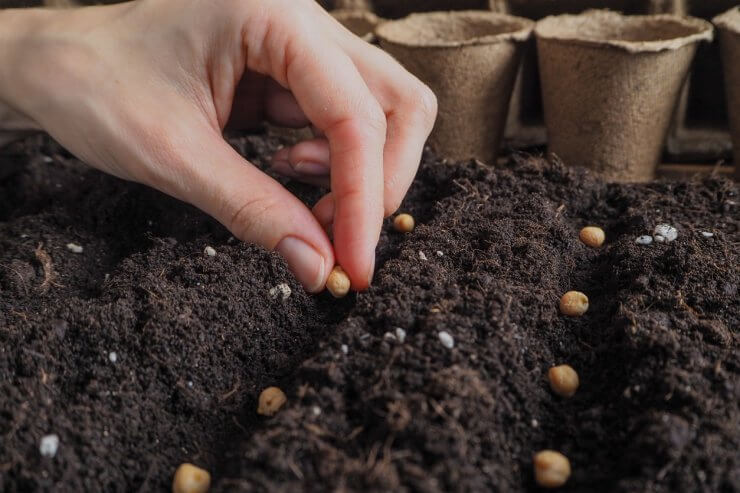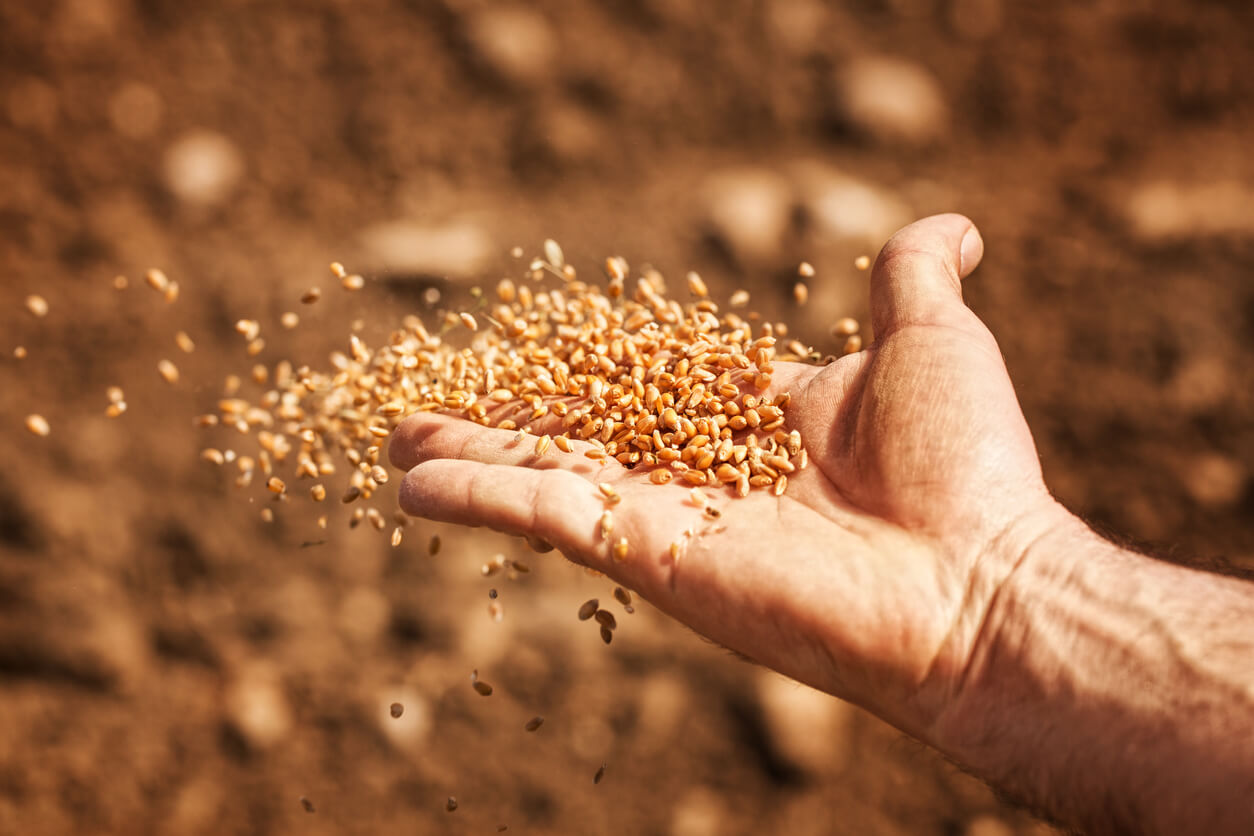
Planting seeds in the spring in the ground.
When I first began gardening, I had no idea there were different seed sowing methods. Of course, I knew a little about planting in rows, but even then, I just assumed you dug a little trench, dropped your seeds every few inches or so, and covered them up, and that was it. In any case, most of my early gardening experiences were either in small beds or in a collection of pots. So I didn’t really think much about different ways to put seeds in the ground.
Of course, that’s a perfectly acceptable way to grow a garden. You’ll find a similar method on most commercial farms. In part because that makes caring for and harvesting vegetables much easier. You just go down each row and harvest whatever is ready. This is also a good method for new gardeners, as it makes it easier to tell the difference between weeds and young seedlings.
However, there’s more than one way to plant a garden, as you may know. And like so many things in the gardening world, they all have their pros and cons. So determining which seed sowing methods are right for you is simply a matter of knowing those pros and cons.
Discover 7 top tips for growing, harvesting, and enjoying tomatoes from your home garden—when you access the FREE guide The Best Way to Grow Tomatoes, right now!

3 Seed sowing methods to use in your home vegetable garden
1. Broadcasting. As you might be able to guess from the name, broadcasting is one of the simplest seed sowing methods. You pretty much just scatter your seeds across your garden bed. It’s probably the easiest way to plant seeds and perhaps the most hopeful, since you’re just scattering a whole lot of seeds with the hope that enough of them germinate and grow. That’s the biggest downside to this method. Uncovered seeds may get eaten or washed away by rain. As well, the seed distribution is uneven, so you may have to do a lot of thinning later on.
2. Stripe seeding. Stripe seeding is the method I referred to at the beginning of this article. You make a small furrow in a relatively straight row and plant your seeds. Then go back and cover your seeds with soil and proceed to care for them as you normally would. If you have a large garden or want to make weeding super easy, this is one of the sowing methods that may work well for you. One of the things to consider, however, is that when your seeds are all in rows, you may not be using your space to its fullest. Stripe seeding has its advantages, for sure (especially if you appreciate the aesthetic of a nice straight row of veggies), but it’s not the most efficient way to grow a garden.
3. Charles Dowding sowing method. Another one of the seed sowing methods that’s gaining ground is the Charles Dowding method, also known as the no-dig method. We’ve written about this before, but here’s the general idea. “According to Charles Dowding, you can sow 4-5 seeds in the same place, and not thin them at all.” The benefits of this method are more plants growing in smaller spaces. And you don’t have to expend the time and energy to thin them. You can read a more in-depth description in What’s the Charles Dowding Multi-Sowing Seeds Method?
Do you have a favorite way to sow seeds in your garden? I’d love to read about it in the comments.
Discover 7 top tips for growing, harvesting, and enjoying tomatoes from your home garden—when you access the FREE guide The Best Way to Grow Tomatoes, right now!




